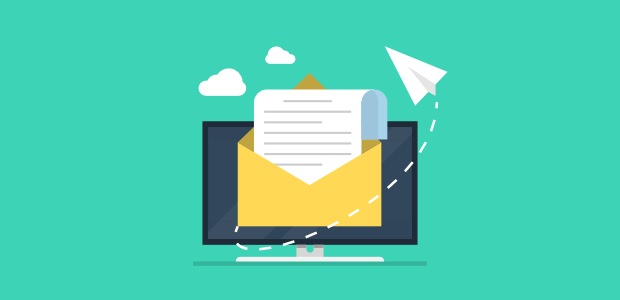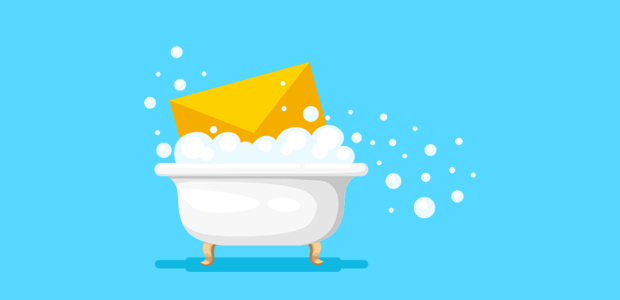Blogs
Follow these guidelines to keep your email list hygienic:
- Verify email: Address verification increases deliverability, improves domain reputation and user engagement. There are two steps in the verification process: the user leaves his address, to which he receives a letter with a link to confirm the mailing . There are other methods, such as sending a test message. After verification, the company understands that the user is interested in brand content, so such an address in the database is considered to be of high quality.
![]()
- Delete inactive users. If users are subscribed to your newsletters, but do not respond to letters, feel free to exclude their addresses from the database.
- Avoid spam filters. Users mark emails as spam when they receive something they don't like. Then the reputation of the domain for the mailing list provider (ESP) deteriorates. Their spam filters can stop your emails from reaching their subscribers' boxes.
- Reduce costs. Often, providers charge for the number of emails sent. Remove uninterested subscribers from the base - reduce the cost of mailing, because only engaged users will remain. This increases ROI and Open rate, increases the number of clicks on links in emails.
- Automate your marketing . It's tiring to go through the list of emails and decide which ones to exclude and which ones to keep. But there are services that will do everything for you: remove addresses with high bounce rates and inactive users for some time. This way marketers save time and focus on more important tasks.
How often to clean the mailing list?
The frequency depends on the size of the base and the company itself. If you don't know if it's time to clean the database or not, check: email open rate, clicks, spam and unsubscribe analytics.

Another metric to consider is the number of new subscribers per quarter. If there are many of them, you will have to work with the database more often. The growth of the bounce rate (undelivered letters) also motivates to “clean up”.
The frequency depends on the specifics of the business. Some companies have to exclude extra addresses once a month, quarter or six months, while others have to exclude them daily. But you need to clean the base at least once a year.
Tidy up your mailing list
The goal of marketers is to increase user engagement. Therefore, removing inactive users is just as important as attracting new ones. Both processes affect the results of email campaigns and give you a better chance of ending up in the main folder rather than spam.

Segment your audience by engagement. Pay attention to those who haven't opened your emails in the last 3-6 months. Send them a reactivation email with "we miss you". If these users do not respond, delete them for a while (for example, before the end of the holiday season, if it's summer).
Let's be honest: if these people stop responding to your emails, then they are not interested in your content. But you can try to return them after a while.
Try to contact customers not via email
If you got your email addresses from some social network, for example you scrape linkedin emails through this tool. Then you have the option to write to those users who do not respond directly to LinkedIn. This can help you avoid losing certain customers.

Go full out
Along with cleaning the database, do not increase the frequency and volume of emails too quickly. You might mistakenly think that email marketing has gotten better, so you don't have to follow the rules.
For providers, a sharp change from a weekly to a daily mailing list and sharp jumps in the volume of letters look suspicious.
It's tempting to send more emails and get a high ROI , but first you need to "warm up" the domain. Take your time and increase your mailing list gradually over several weeks so that you don't end up on the list of spammers.
Summary
Now you know the secret of delivering an email newsletter to the addressee - this is cleaning the subscriber base and gradually increasing the volume of sending letters. Let your target be users who have reacted to your posts in the last six months. Focus on active users, don't rush to send out a lot of emails at once, and expand your email list. Then the mailing will bring results, and the provider will not block your address.
Posted in: Business, Technology
Topics:
emailmarketing, marketing
Be the first person to like this.






